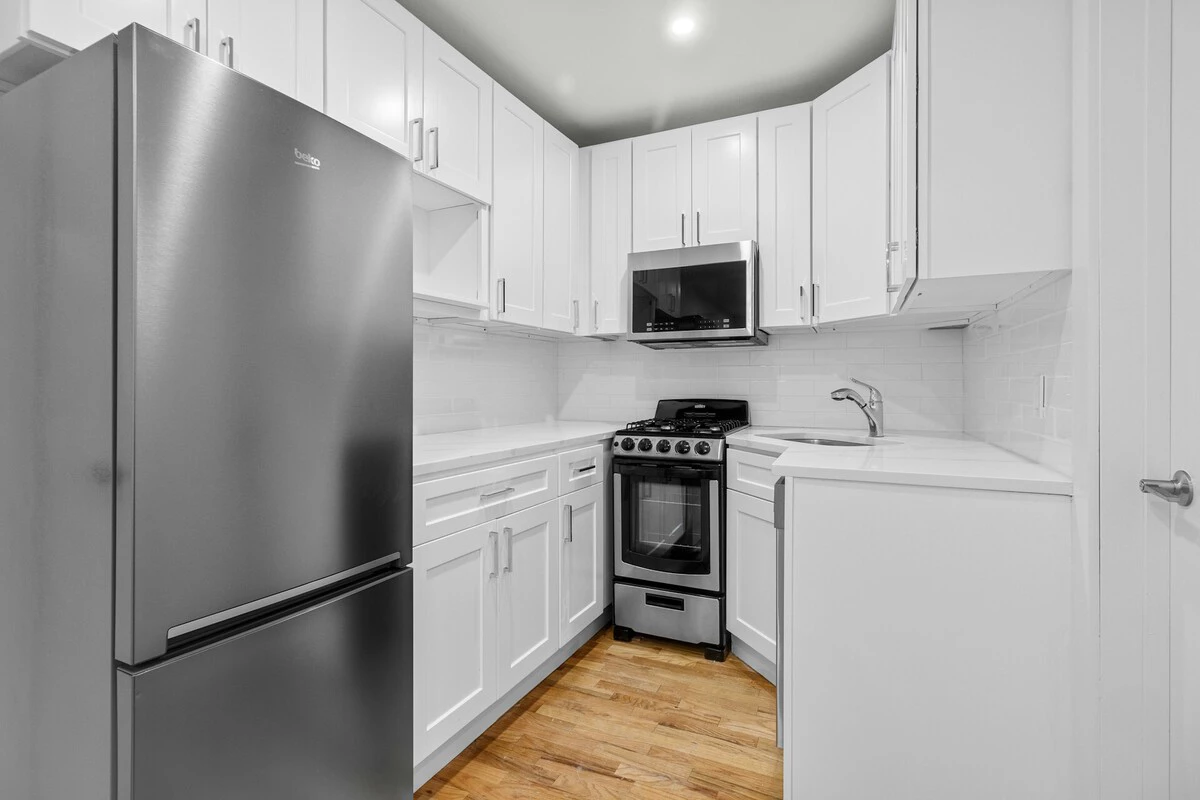The heat is rising, we need more cold drinks, and we resort to putting bottles of water, soft drinks, juices, etc. in the fridge. We also use more ice and want to keep our food in good condition, even though every time we open the fridge door, it seems like all the cold air escapes.
It’s a recurring situation, especially if there are a lot of us at home, we have guests or simply our fridge isn’t very big or powerful. What can we do? Well, in addition to applying all the tricks that help us improve its performance, we can use auxiliary devices to increase the cooling capacity in our homes.
Ice makers
If we want to have a large amount of ice cubes in a short space of time, we have the option of purchasing a portable ice cube maker. These are compact devices that generally do not use much electricity, with figures below 150 watts, and are very easy to use.
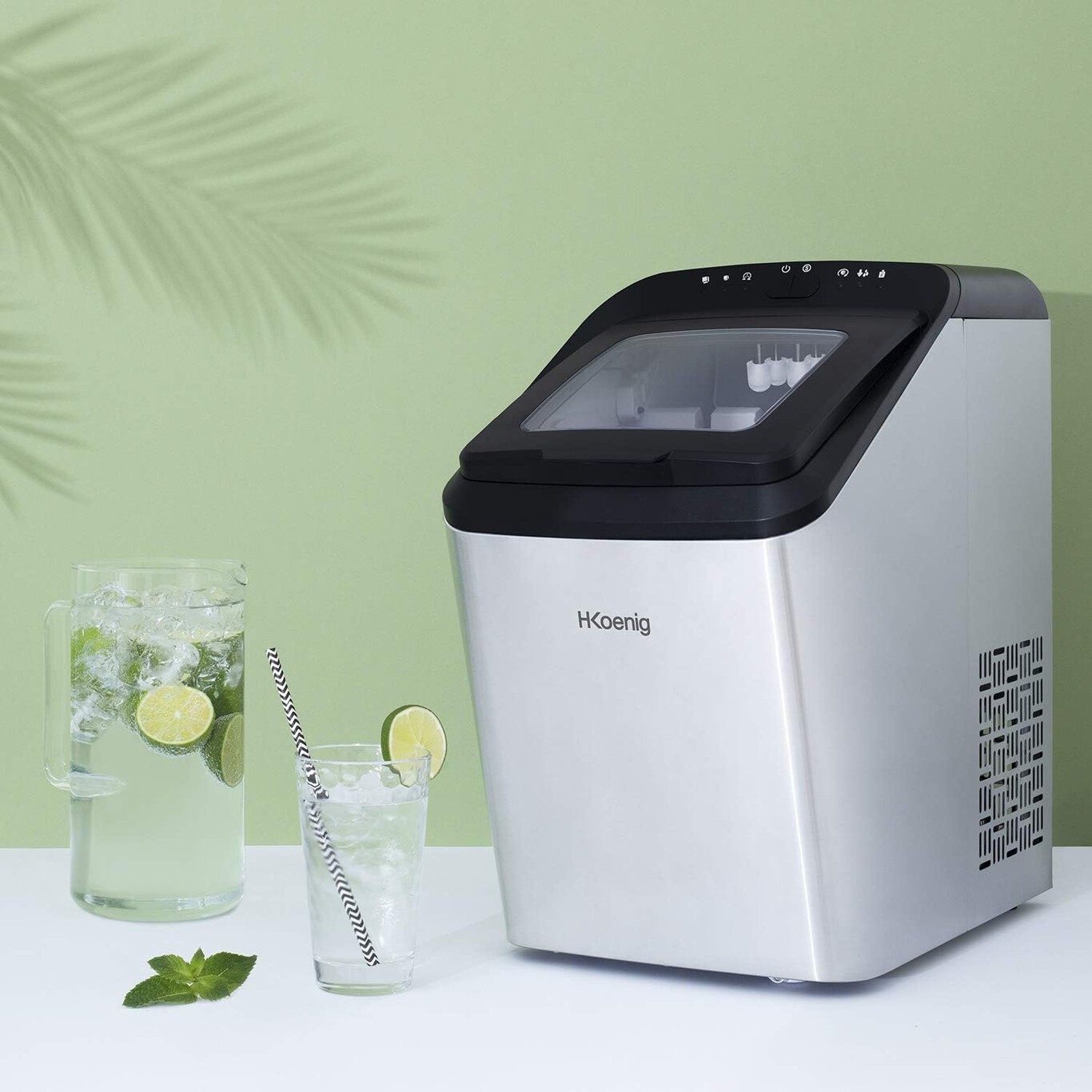
Simply fill the tank with water and press the start button to begin making ice. They have a high freezing capacity, measured in kilograms of ice per 24 hours, and can make ice cubes that are generally between 3 and 3.5 cm in size, with batches ready in around 10 minutes, depending on the model.
Are they better than ice packs bought in shops? Well, we have the advantage of being able to make ice cubes with mineral water, controlling the hygiene conditions, without breaking the cold chain while we take them home and preventing them from melting. What’s more, as long as we have water and electricity, we’ll never be without ice cubes at home.
Are they worth the price compared to supermarket ice packs? It depends on how many kilos of ice we use each week and other factors such as ease of use and transport.
For example, considering that these machines usually cost around £150 and that a bag of ice usually costs around £0.90-1 for two kilos (£0.5 per kilo), to recoup the cost of the machine alone, we would have to make around 333 kilos of ice, not counting the electricity cost, which, as we have already mentioned, is low, or the price of water.
Compared to refrigerators that make their own ice cubes or the classic moulds for making them in the freezer, ice cube machines have the advantage of being much faster, as in just over 9-10 minutes we have the first batch of ice and in less than an hour they usually have a large part of their production capacity ready.
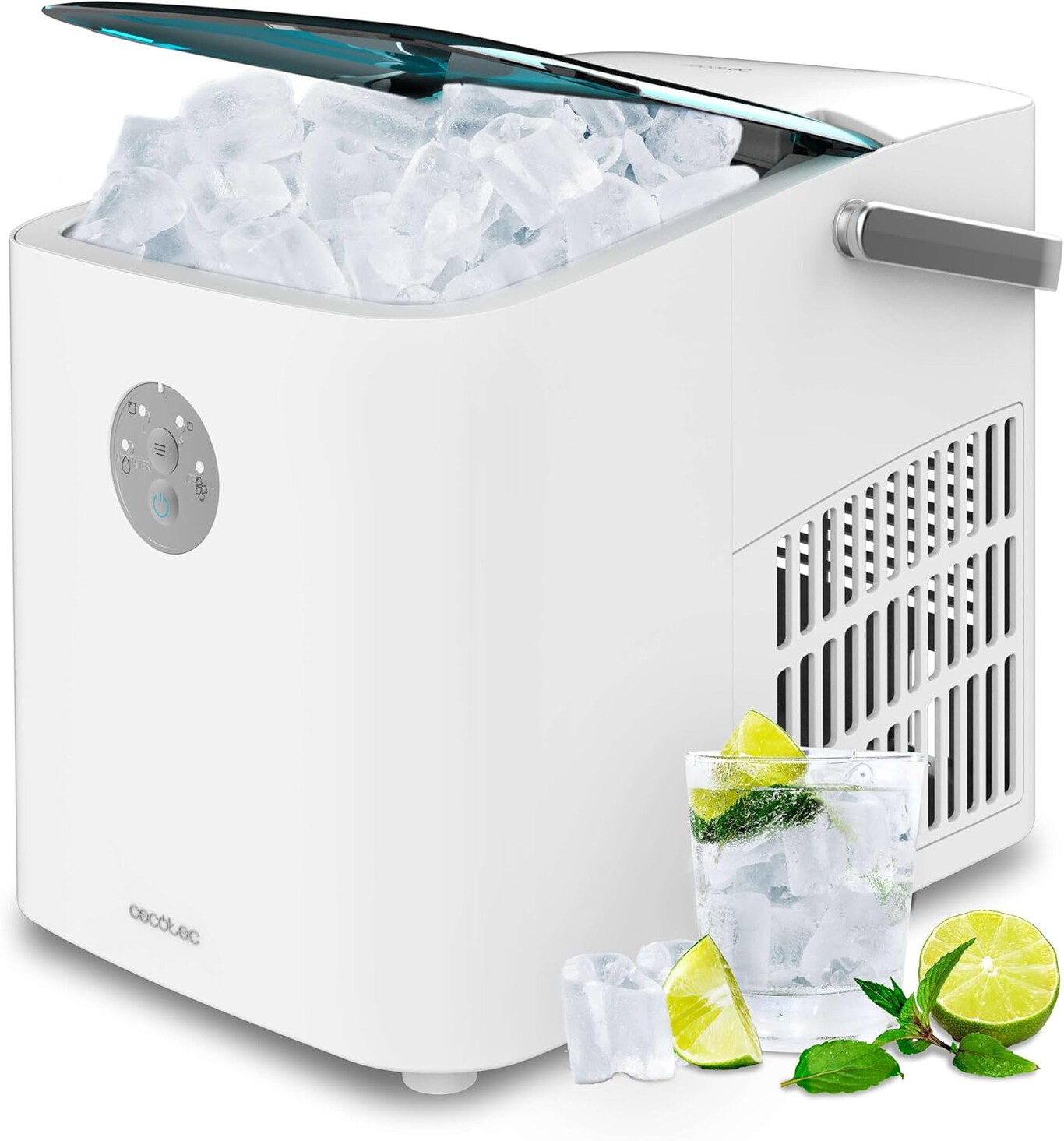
We can also use these ice cubes to improve the cooling of our refrigerator and freezer. For example, we can make several batches as soon as we get home from shopping, put them in containers and place them in the refrigerator so that it has to work less, especially if we have bought meat or fish and our refrigerator is not very powerful.
H.Koenig Professional Ice Maker 15kg in 24h KBP40, 2 Ice Cube Sizes, Automatic, Plug-in, Silent 2.8L, Fast Ice Cubes Ready in 6 min
Portable electric fridges
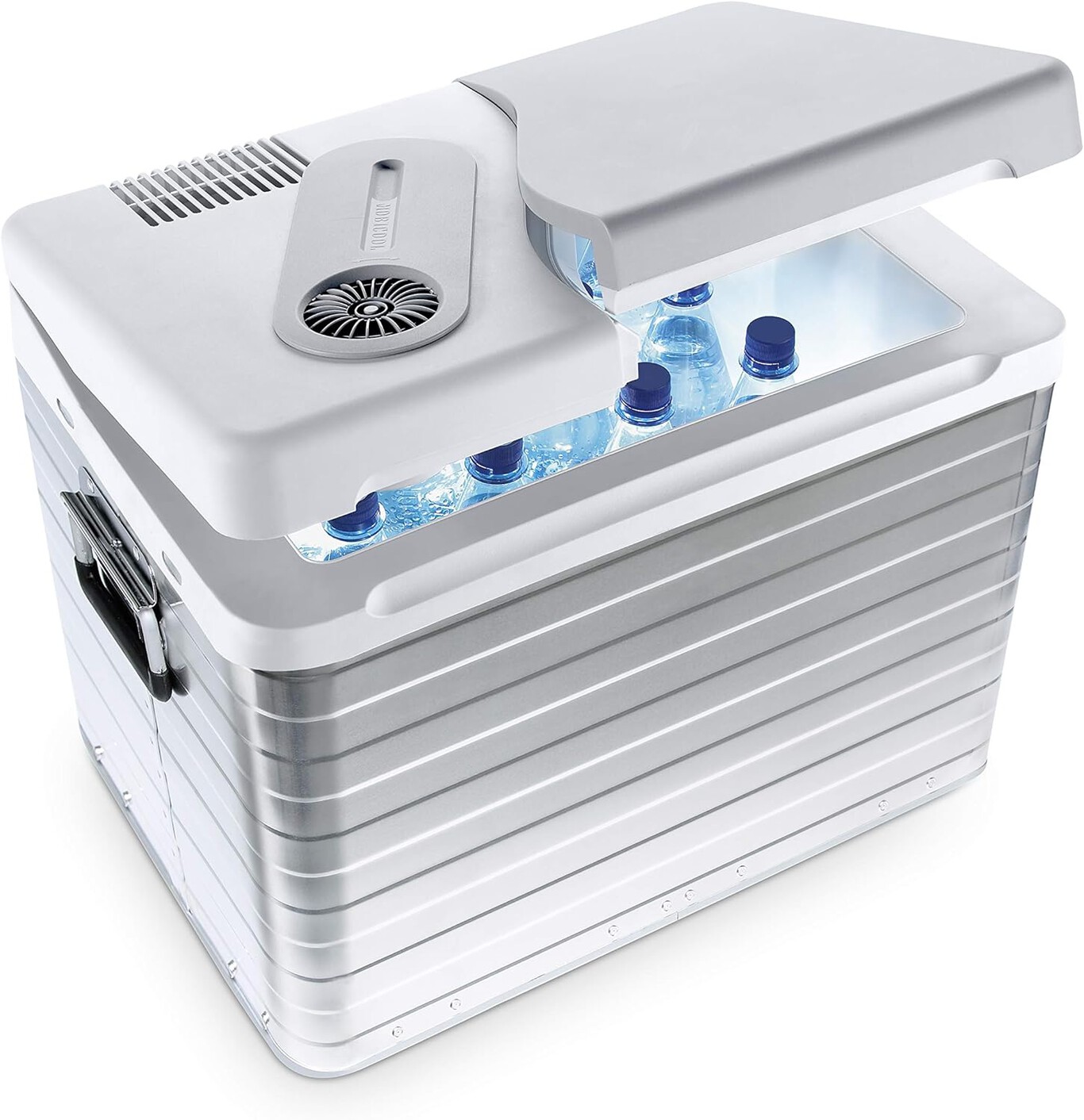
Another option is portable electric fridges, which serve as an auxiliary refrigerator that adds a few extra litres to our cooling capacity, allowing us to take some of the load off the main fridge at home and take it with us wherever the family gathering is, such as the terrace or the garden.
They are usually compact, small appliances with handles or wheels for easy transport and a compression-based cooling system similar to that found in normal fridges and freezers.
On the outside, they may sometimes look like the classic coolers we take to the beach, but unlike these, they can cool their interior, lowering the temperature of whatever we put inside to below freezing point.
They are ideal for quickly cooling small items such as soft drink cans, beer, water bottles, small bottles, keeping ice cubes cool, storing food while barbecuing, etc.
An additional advantage is that they can be stored away when not in use. In other words, they can be kept in the storeroom all year round and when summer arrives, they can be taken out, given a quick clean and they are ready to cool again.
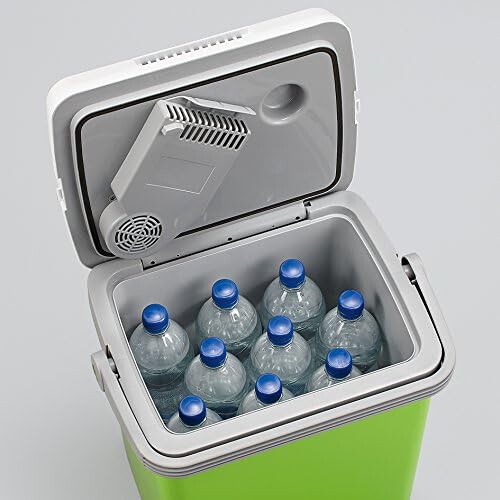
There are several drawbacks, such as the fact that they require an electrical outlet to cool, otherwise they will only function as mere cold storage units. They also tend to be somewhat noisy when using the compressor to cool, although this is not usually a problem if you plan to keep them in spaces such as a terrace or patio.

